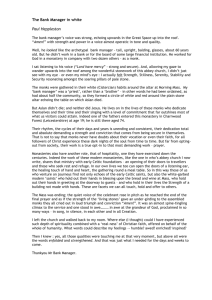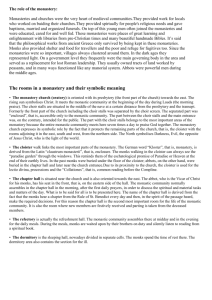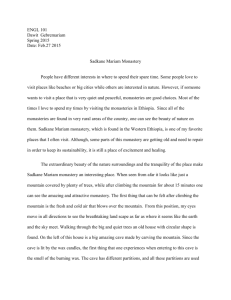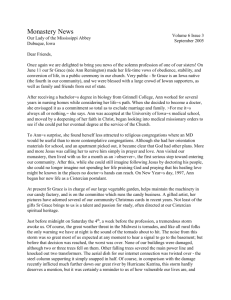The Monastery of Ura Kidane Meheret
advertisement
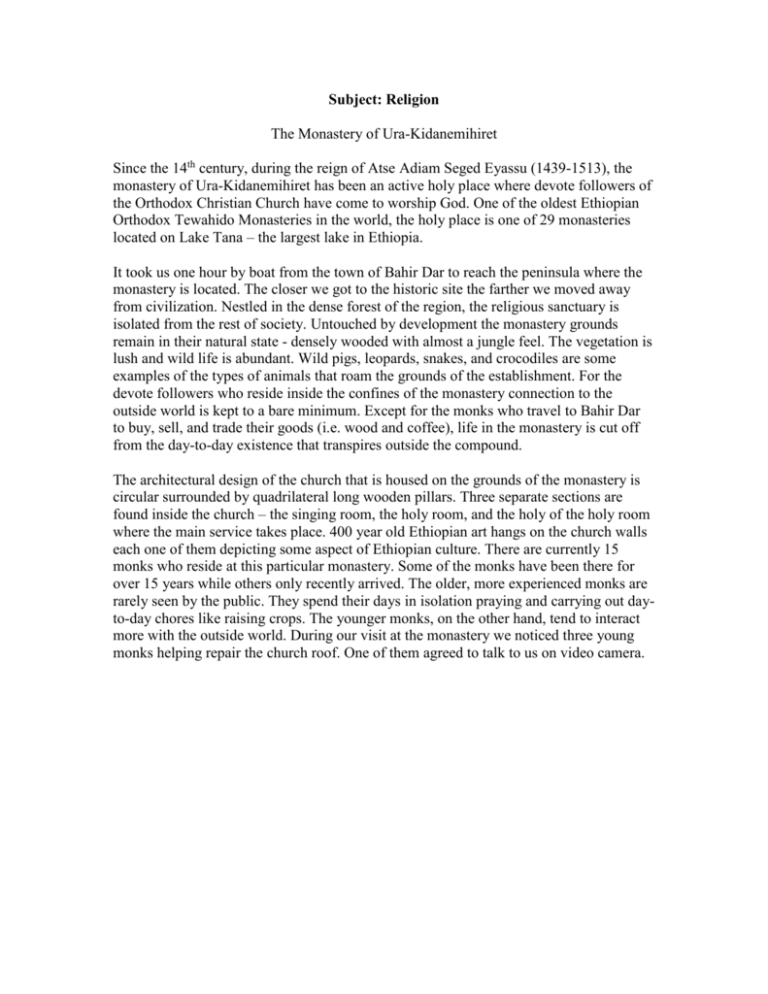
Subject: Religion The Monastery of Ura-Kidanemihiret Since the 14th century, during the reign of Atse Adiam Seged Eyassu (1439-1513), the monastery of Ura-Kidanemihiret has been an active holy place where devote followers of the Orthodox Christian Church have come to worship God. One of the oldest Ethiopian Orthodox Tewahido Monasteries in the world, the holy place is one of 29 monasteries located on Lake Tana – the largest lake in Ethiopia. It took us one hour by boat from the town of Bahir Dar to reach the peninsula where the monastery is located. The closer we got to the historic site the farther we moved away from civilization. Nestled in the dense forest of the region, the religious sanctuary is isolated from the rest of society. Untouched by development the monastery grounds remain in their natural state - densely wooded with almost a jungle feel. The vegetation is lush and wild life is abundant. Wild pigs, leopards, snakes, and crocodiles are some examples of the types of animals that roam the grounds of the establishment. For the devote followers who reside inside the confines of the monastery connection to the outside world is kept to a bare minimum. Except for the monks who travel to Bahir Dar to buy, sell, and trade their goods (i.e. wood and coffee), life in the monastery is cut off from the day-to-day existence that transpires outside the compound. The architectural design of the church that is housed on the grounds of the monastery is circular surrounded by quadrilateral long wooden pillars. Three separate sections are found inside the church – the singing room, the holy room, and the holy of the holy room where the main service takes place. 400 year old Ethiopian art hangs on the church walls each one of them depicting some aspect of Ethiopian culture. There are currently 15 monks who reside at this particular monastery. Some of the monks have been there for over 15 years while others only recently arrived. The older, more experienced monks are rarely seen by the public. They spend their days in isolation praying and carrying out dayto-day chores like raising crops. The younger monks, on the other hand, tend to interact more with the outside world. During our visit at the monastery we noticed three young monks helping repair the church roof. One of them agreed to talk to us on video camera.


